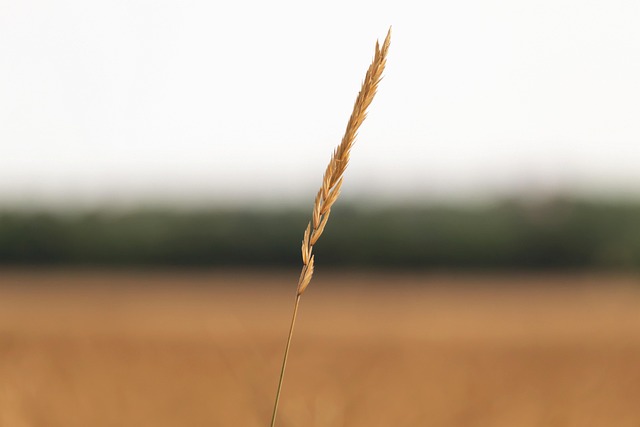Mowing grass at 2.5-4 inches and using a tailored weed control and fertilization package in Denver is key to maintaining a healthy, dense lawn. This strategy promotes deep root growth, shades the soil, conserves moisture, and encourages sunlight penetration – all vital for warding off weeds like crabgrass and dandelions. Experts recommend this holistic approach for optimal lawn care results in Denver's unique climate.
Lawn care enthusiasts and professionals alike often overlook a simple yet powerful tool for enhancing grass health and combating weeds: mowing height adjustments. This article delves into the science behind lawn mowing heights and their profound impact on both weed control and fertilization. We explore optimal settings tailored to Denver’s unique climate, ensuring lush, healthy grass while effectively managing weeds. Discover how integrating precise mowing techniques with a comprehensive weed control and fertilization package can transform your lawn into a vibrant, weed-free oasis.
- Understanding Lawn Mowing Heights and Their Impact on Weed Control and Fertilization
- Optimizing Mowing Height for Healthy Grass and Effective Weed Management in Denver's Climate
- Integrating a Comprehensive Weed Control and Fertilization Package with Mowing Height Adjustments
Understanding Lawn Mowing Heights and Their Impact on Weed Control and Fertilization

Mowing your lawn at the right height is more than just a matter of aesthetics; it plays a crucial role in maintaining a healthy and robust grass cover, especially when paired with an effective weed control and fertilization package in Denver. Different grasses have optimal mowing heights, typically ranging from 2.5 to 4 inches (6-10 cm). Cutting grass too short can stress the plants, making them more susceptible to diseases and weeds. Conversely, taller grass shades the soil, reducing moisture loss and creating an environment less conducive to weed germination.
Proper mowing height encourages dense grass growth that effectively chokes out weeds. Longer grass also allows for better sunlight penetration, promoting healthier root development. In Denver’s unique climate, this balance is essential as it helps prevent the spread of common lawn weeds like crabgrass and dandelions. Combining the right mowing practices with tailored fertilization packages designed for Denver’s conditions can transform your lawn into a lush, weed-resistant oasis.
Optimizing Mowing Height for Healthy Grass and Effective Weed Management in Denver's Climate

Maintaining a lush, healthy lawn in Denver requires an understanding of the unique climate and its impact on grass growth. One crucial aspect often overlooked is the optimal mowing height for effective weed management and overall turf health. In Denver’s climate, with its warm summers and cold winters, setting the lawnmower blades at the right height can significantly influence the appearance and strength of your grass.
For weed control, adjusting the mowing height can create a competitive environment that discourages weed growth. Higher mowing heights, typically around 3-4 inches, encourage deeper root development, making it harder for weeds to compete for nutrients. This is especially beneficial during Denver’s dry summers when proper hydration may be challenging. Combining this mowing practice with a comprehensive weed control and fertilization package designed for the local climate can lead to a robust, weed-resistant lawn.
Integrating a Comprehensive Weed Control and Fertilization Package with Mowing Height Adjustments

By fine-tuning lawn plant mowing heights, residents of Denver can significantly enhance their weed control and fertilization efforts. Understanding the optimal cutting height for various grass species in this unique climate is key to maintaining a lush, healthy lawn while minimizing weed growth. Integrating these adjustments with a comprehensive weed control and fertilization package tailored to Denver’s conditions ensures a vibrant, low-maintenance outdoor space. This holistic approach promises a beautiful, sustainable yard that requires less effort over time.
